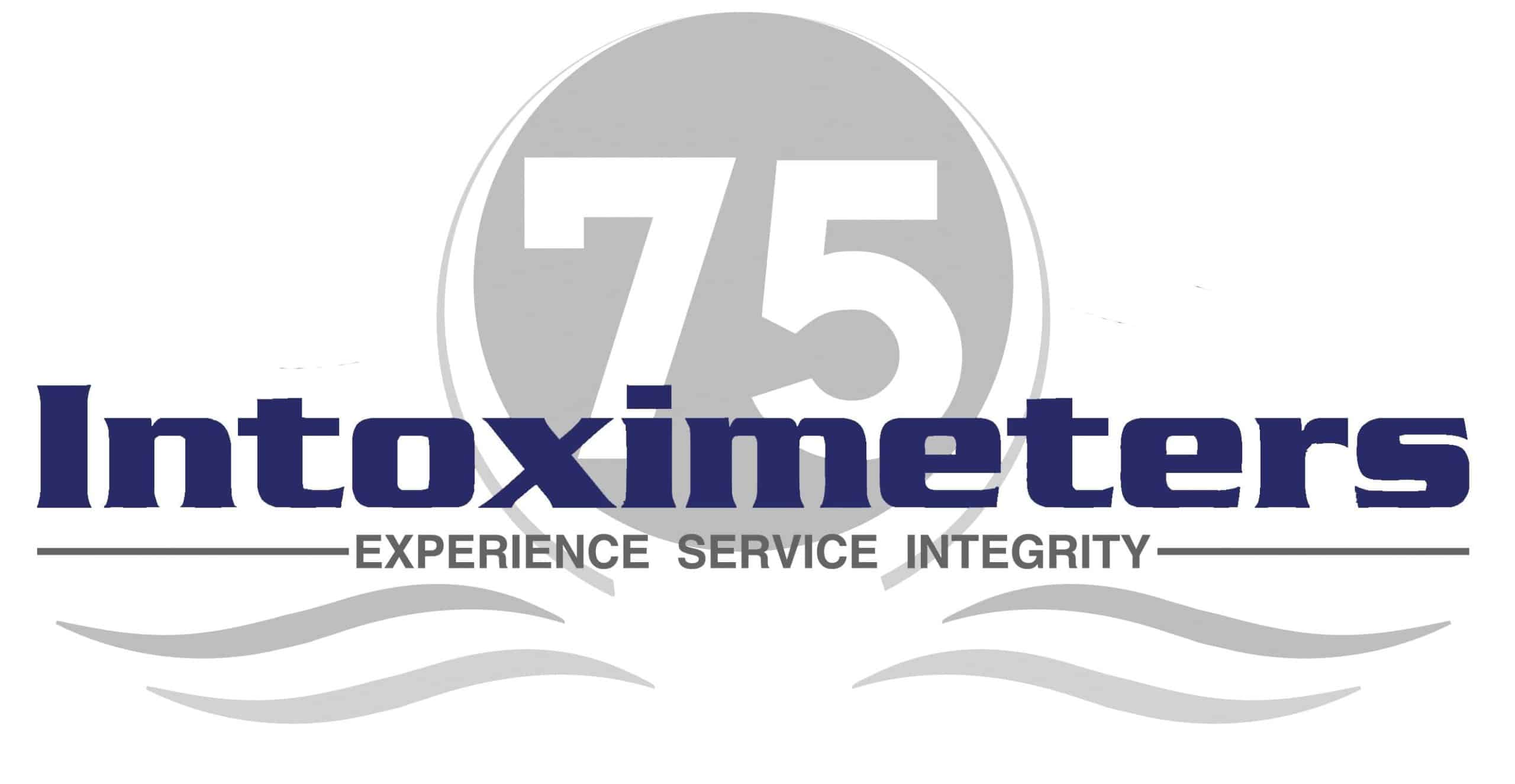It always surprises us when we discover an alcohol testing program that does not utilize a logbook for their EBT (Evidential Breath Tester). This missing documentation can lead to problems if faced with an audit or legal proceedings. Programs which fail to document their quality assurance practices properly are out of compliance with 49 CFR Part 40.233(c)(4). The term “logbook” in this context refers to a Calibration Logbook. A Calibration Logbook keeps records of accuracy checks, calibrations, and instrument maintenance. This is a different document from a BAT logbook, which holds records of every test and function conducted with a particular device.
A well maintained logbook provides proof that the instrument has been maintained in accordance with the standards put forth in both 49 CFR Part 40 and the approved QAP for that device. The logbook is the best way to demonstrate that your program is compliant and that your EBT is providing accurate results. Having a history of successful accuracy checks in the logbook builds a record of reliability for the device. Showing that your EBT device consistently passes its checks over extended periods reinforces this dependability.
Anytime an audit occurs there exists a strong probability that your logbook will be closely examined. This is regardless of the agency. Your logbook will likely become a target of subpoena should you ever have to defend the result of a breath alcohol test. In either situation, the logbook is brought under close scrutiny. It is essential that the logbook is completed properly. How well would your logbook hold up under close examination? View a quick tutorial for a correctly completed log book entry below.
Calibration Logbook Tutorial
49 CFR Part 40.333(a)(2) specifies that records of the inspection, maintenance and calibration are to be kept for two years. This requirement cannot be met without a properly completed logbook. Programs with missing or improperly completed logbooks are not in compliance with the DOT regulations. These programs may be unable to fully defend against any challenges to the accuracy of the device. Don’t let this happen to you!
A proper logbook should contain the information below. Each field should be completely filled out. The BAT should enter their name in the same fashion every time. Be sure to avoid hash marks and ditto marks.
Logbook Essentials
| Field | Purpose |
| Test Number | These fields provide unique identifiers for the Accuracy Checks and Calibrations documented in the logbook |
| Date | |
| Time | |
| Test Type: ACCü (accuracy check) or
CAL (Calibration Adjustment) |
Identify the procedure performed |
| Technician Name | Who conducted the procedure |
| Test Location | Important in regards to the expected value of the standard |
| Standard Lot # | This information is needed so the tank used can be identified and validated at a later date if needed |
| Tank # | |
| Expiration date | |
| Expected Value | This is the target value of the gas standard. Some instruments provide this information automatically. In other cases you may need to use an alternative method to calculate this value. |
| Result | The numerical result that is displayed on the EBT after the accuracy check. Caution: some EBT devices do not print out this result. |
| Passed ? | Important because not everyone reading the logbook may be aware of the proper range of tolerance. |
